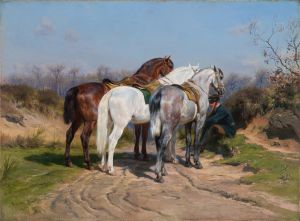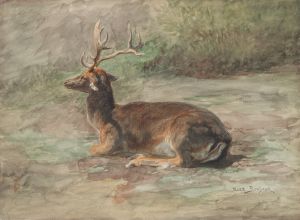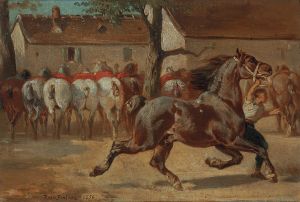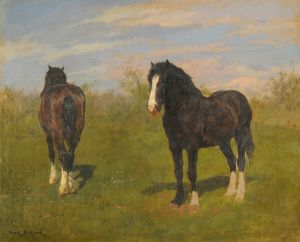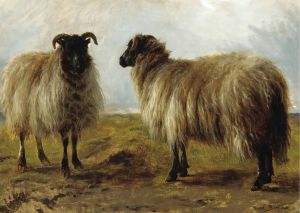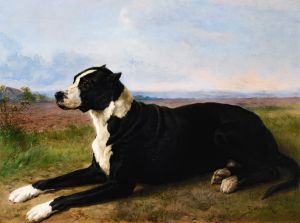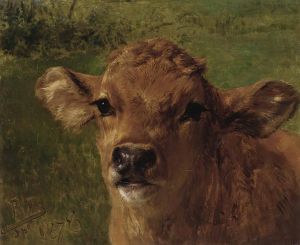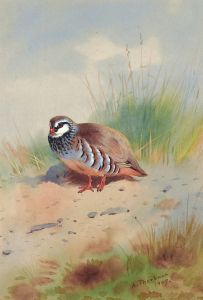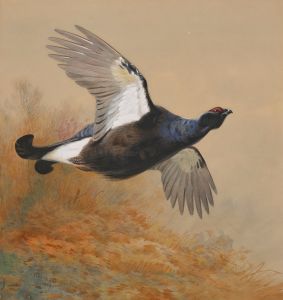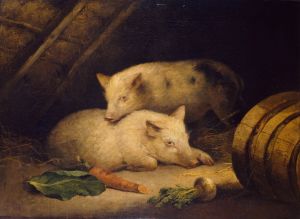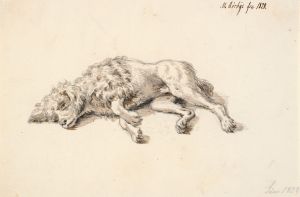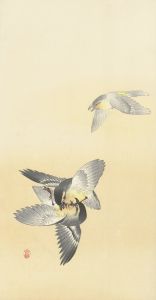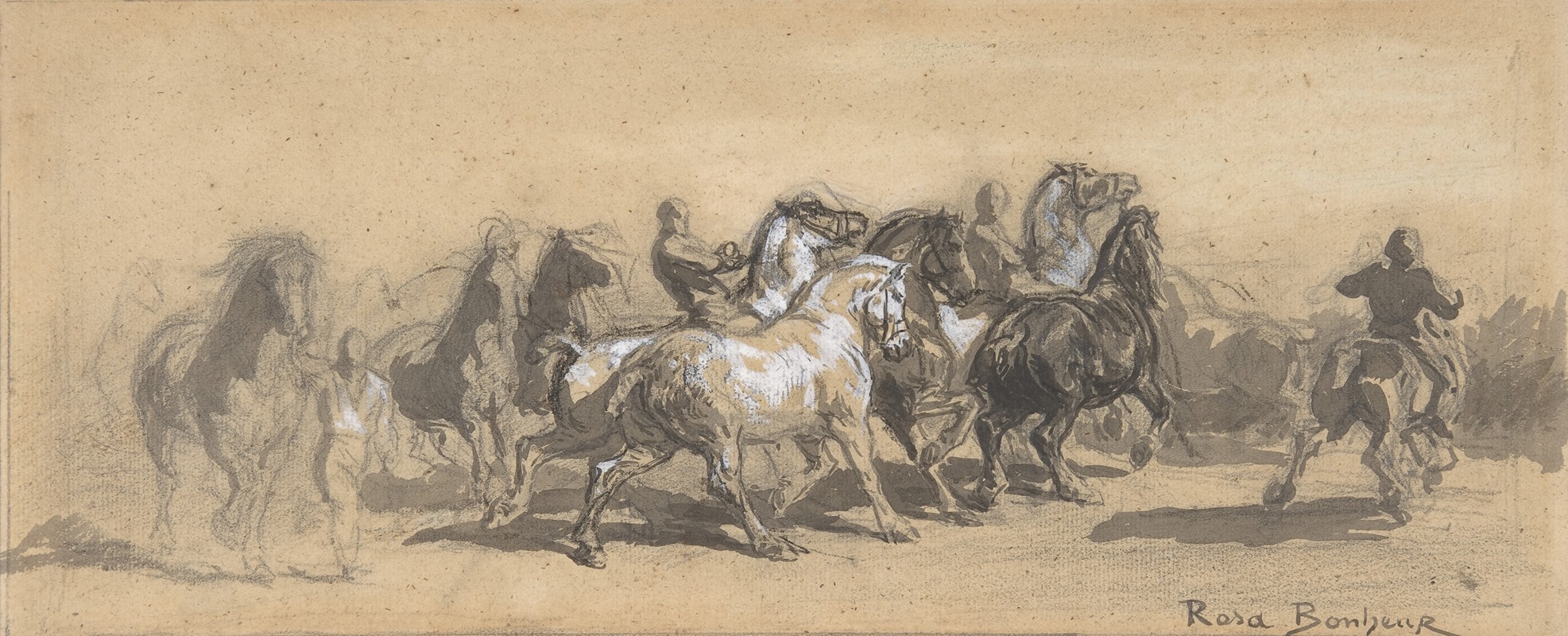
Study for ‘The Horse Fair’
A hand-painted replica of Rosa Bonheur’s masterpiece Study for ‘The Horse Fair’, meticulously crafted by professional artists to capture the true essence of the original. Each piece is created with museum-quality canvas and rare mineral pigments, carefully painted by experienced artists with delicate brushstrokes and rich, layered colors to perfectly recreate the texture of the original artwork. Unlike machine-printed reproductions, this hand-painted version brings the painting to life, infused with the artist’s emotions and skill in every stroke. Whether for personal collection or home decoration, it instantly elevates the artistic atmosphere of any space.
Rosa Bonheur, a renowned French artist of the 19th century, is celebrated for her remarkable contributions to animal painting. One of her notable works is "The Horse Fair," which she completed between 1852 and 1855. Before creating the final masterpiece, Bonheur produced several preparatory studies, one of which is known as "Study for ‘The Horse Fair’." This study played a crucial role in the development of her larger, more famous painting.
Rosa Bonheur was born on March 16, 1822, in Bordeaux, France, into a family of artists. Her father, Oscar-Raymond Bonheur, was a landscape and portrait painter who encouraged her artistic pursuits from a young age. Bonheur's interest in animals and nature was evident early in her career, and she became known for her realistic and detailed depictions of animals.
"The Horse Fair" is considered one of Bonheur's masterpieces and is housed in the Metropolitan Museum of Art in New York City. The painting captures the bustling atmosphere of the horse market held on the Boulevard de l'Hôpital in Paris. It features a dynamic scene with powerful horses being paraded and sold, showcasing Bonheur's exceptional skill in rendering movement and anatomy.
The "Study for ‘The Horse Fair’" was an essential part of Bonheur's artistic process. She was known for her meticulous approach to painting, often spending hours observing and sketching her subjects to capture their essence accurately. For "The Horse Fair," Bonheur visited the Paris horse market numerous times, dressed in men's clothing to avoid drawing attention and to gain better access to the predominantly male environment.
This study reflects Bonheur's dedication to understanding the anatomy and movement of horses. It likely includes detailed sketches of individual horses, focusing on their musculature and posture. These studies allowed Bonheur to experiment with composition and refine her understanding of how to convey the energy and dynamism of the horse market scene.
Bonheur's work, including "The Horse Fair" and its preparatory studies, was highly acclaimed during her lifetime. She received numerous awards and honors, including being the first woman to receive the Grand Cross of the Legion of Honor in France. Her success as a female artist in a male-dominated field was groundbreaking and paved the way for future generations of women artists.
Today, Rosa Bonheur is remembered as one of the most important animal painters of the 19th century. Her dedication to realism and her ability to capture the spirit of her subjects continue to inspire artists and art enthusiasts around the world. "Study for ‘The Horse Fair’" remains a testament to her skill and her commitment to her craft.






